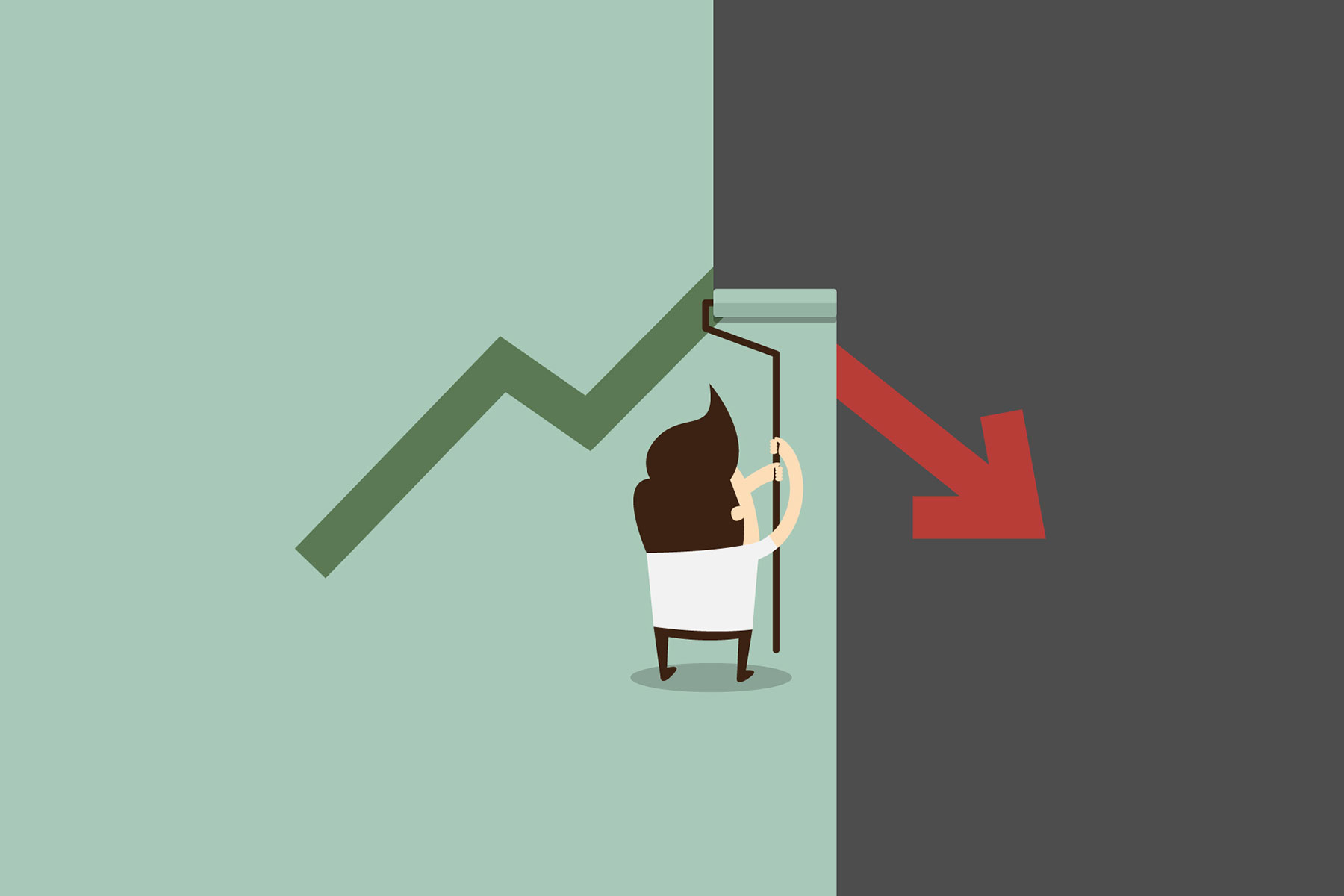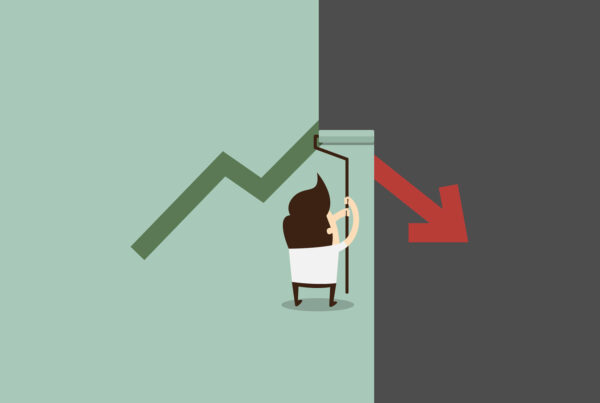We’ve compiled a list of 25 resources and tools to make your website super-fast. Why so many? So that we can be sure you’ll find at least one you’ve never heard of before.
- PageSpeed Insights
- Google Analytics
- PingDom
- WebPagetest
- Yslow
- Test Alternative Hosts
- Clean Up Old Clutter – get rid of anything you don’t need. Old images, old themes on WordPress, post revisions, unused plugins, widgets, and out-dated landing pages. Back them all up (just in case) then trash them. It’s a new 2016 so good riddance! If you’re using WordPress, you might want to check out WP-Optimize that automates the removal of spam and trash in the database.
- TinyPNG
- JPEGmini
- Smush.it
- EWWW Image Optimizer
- WPSmushPro
- Compress Your CSS – So why make those precious loyal users wait for the static content to download every single time? You can control the length of time content is stored on the user’s computer from your server control panel. If you’re not sure, ask your hosting provider.
- Minimize HTTP Requests
- Push the Scripts Down – If you’re using script language on your page, avoid putting it in the <head> field. Script execution can slow site display significantly and leave users waiting for the content to load while JavaScript or jQuery are busy executing.
- Load Above The Fold First
- Compress All You Can
- CDNs for Everyone – Content distribution networks are no longer the area of large publishers and content hubs like Facebook and Google. If you have a global audience and your server bandwidth is slow in some areas – you can just move all that static content to the cloud. There are free CNDs like CloudFlare you can start with.
- Install the Google PageSpeed Module – Google loves the internet fast, so they want your site to be fast. Help them out and they’ll help you out with better SERPs and more AdSense revenue. If you have access to your server, you probably want to install Google’s open-source PageSpeed module there. Ask your hosting provider if you’re not sure.
- Remove or Replace Heavy Plugins
- WordPress Caching – If you aren’t caching your WordPress installation – you should be. There are quite a few cache plugins out there, but W3 Total Cache remains my favorite.
- Delete Unused Tags
- Optimize Your Database – Compressing and optimizing your WordPress database is almost as important as backing it up. There’s no shortage of DB optimization plugins. These are two of my favorites:
- WP-Sweep removes duplicates, orphaned files and other clutter from your database.
- WP-DBManage lets you optimize your databases, repair them and as well as backup and restore them
Godspeed to You!
Armed with these useful tips and tools all you need to do is back everything up and start testing. With more users moving to broadband (and creating pressure on the networks) and Google giving more weight to site load times – there’s never been a better time to optimize your site speed.







